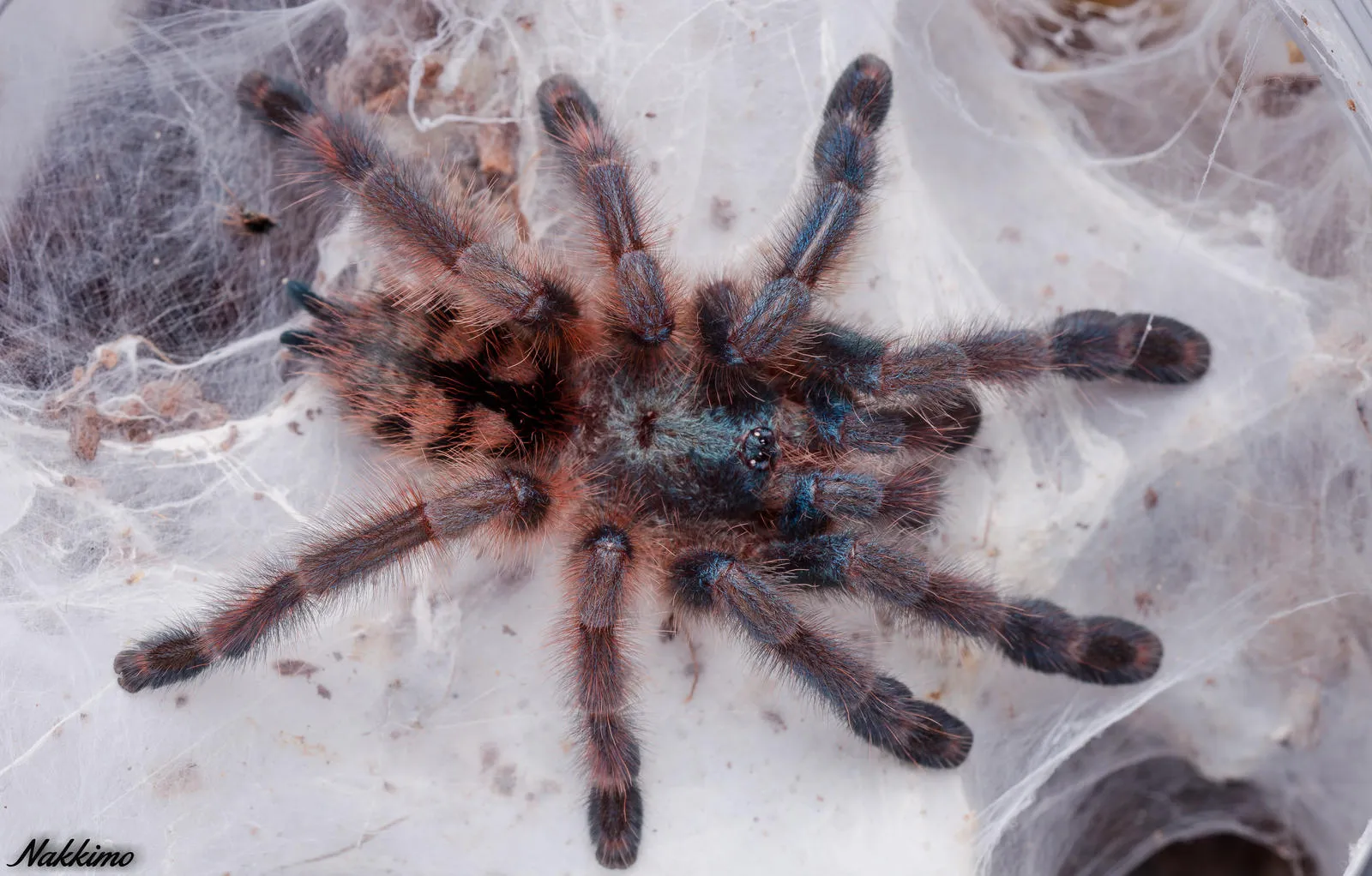Introduction
Pinktoe tarantulas, with their delicate appearance and fascinating behaviors, have captured the hearts of arachnid enthusiasts around the world. These captivating creatures, native to the rainforests of South America and the Caribbean, offer a unique glimpse into the world of exotic pets. Their gentle disposition, combined with their striking appearance, makes them a popular choice for both novice and experienced tarantula keepers. In this comprehensive guide, we delve into the captivating world of pinktoe tarantulas, exploring their distinctive characteristics, care requirements, and providing you with the essential knowledge to understand and appreciate these remarkable animals. Get ready to uncover the top facts about these fascinating creatures and learn what it takes to care for them.
Pinktoe Tarantulas: A Brief Overview
Pinktoe tarantulas, scientifically known as Avicularia avicularia, are arboreal tarantulas, meaning they spend the majority of their lives in trees. They are characterized by their relatively small size, vibrant colors, and docile nature. These tarantulas are a favorite among tarantula keepers due to their manageable size and captivating beauty. Unlike many other tarantula species, pinktoes are known for their less aggressive behavior, making them a potentially good option for those new to the hobby. Their unique charm and ease of care have made them popular as pets, giving enthusiasts a chance to observe the wonders of the arachnid world up close.
Appearance and Characteristics of Pinktoe Tarantulas
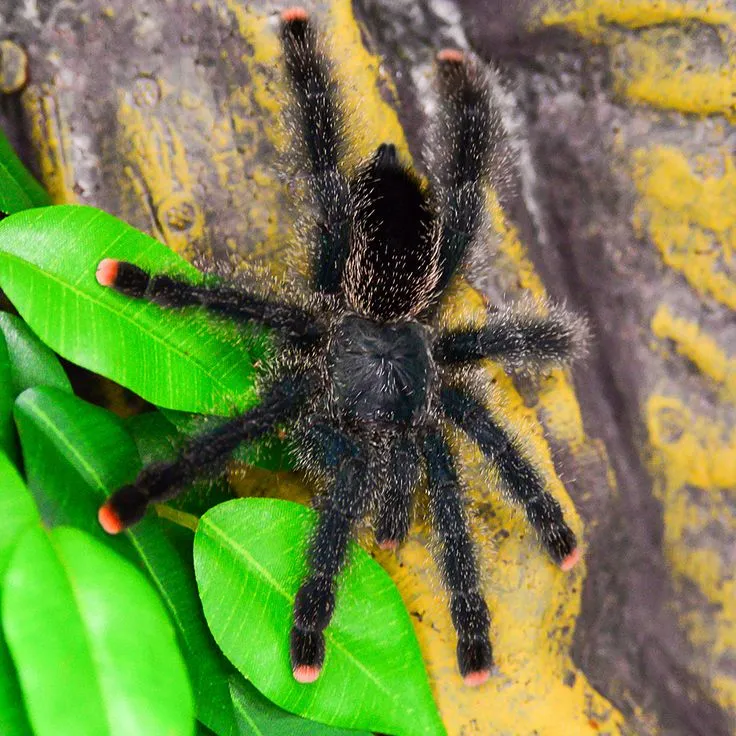
The appearance of the pinktoe tarantula is truly captivating, a blend of delicate beauty and the formidable presence of an arachnid. As the name suggests, their most striking feature is the pink or reddish coloration on the tips of their legs, which provides a vibrant contrast to their otherwise dark bodies. Adult pinktoes usually have a dark, velvety body, often ranging from shades of dark gray to black, which provides excellent camouflage in their natural habitat. Their carapace, the protective shell covering the cephalothorax (the fused head and chest), has a metallic sheen, reflecting light and adding to their aesthetic appeal. Furthermore, their legs, while appearing fragile, are quite strong, allowing them to climb and maneuver with ease in their arboreal environment. The overall appearance is one of beauty and grace, making them highly sought-after in the tarantula world.
What Makes Pinktoe Tarantulas Unique
Pinktoe tarantulas stand out from other tarantula species due to a combination of factors. First and foremost is their arboreal lifestyle, a characteristic that sets them apart from the majority of terrestrial tarantulas. This means they have adapted to living in trees, which influences their behavior, enclosure needs, and overall care. Their relatively docile temperament, a trait that makes them less prone to biting or defensive postures compared to other species, enhances their appeal as pets. The combination of these factors along with their striking coloration and manageable size, make them a unique and desirable species. Their popularity arises not just from their appearance but also from their approachable temperament and interesting behaviors.
Origin and Habitat
Native to the tropical rainforests of South America and the Caribbean, pinktoe tarantulas are well-adapted to the humid and arboreal environments of their natural habitat. In the wild, they are commonly found in trees, where they create silk retreats, often in the form of nests or webs, to shelter from the elements and predators. Their preferred habitats include areas with high humidity and temperatures, as they thrive in these tropical conditions. These tarantulas play an important role in their ecosystem, helping to control insect populations, while also serving as prey for larger animals. Understanding their origins helps in replicating their natural habitat in captivity, ensuring their well-being and promoting natural behaviors.
Top 7 Facts About Pinktoe Tarantulas
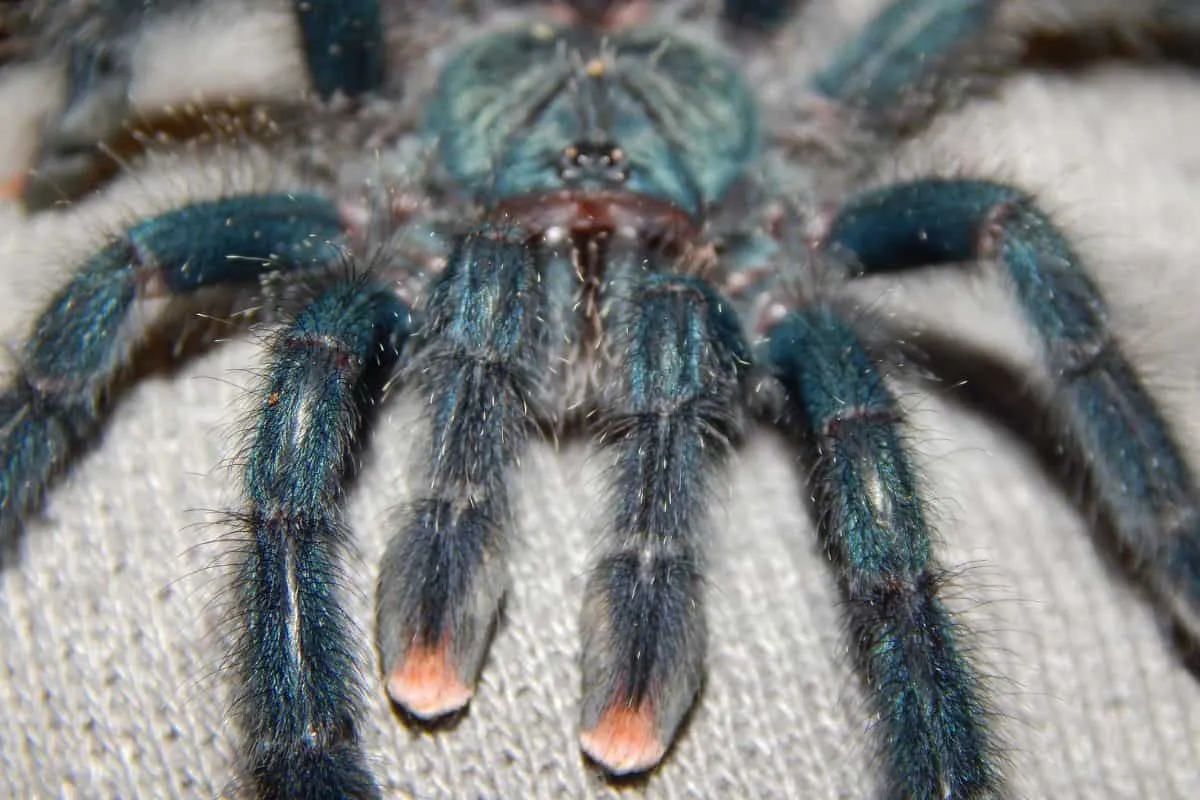
Fact 1: Arboreal Lifestyle
As previously mentioned, pinktoe tarantulas are arboreal, spending most of their lives in trees. They have specialized adaptations, like claws on their feet and a light build, that aid them in climbing and maneuvering through branches. This arboreal lifestyle dictates their enclosure setup, which must be tall rather than wide, and includes vertical elements such as branches and plants to facilitate climbing and web-making. Understanding their arboreal nature is key to providing a suitable environment that meets their needs and allows them to exhibit their natural behaviors. This is a stark contrast to terrestrial tarantulas which live on the ground.
Fact 2: The ‘Pink Toes’ and Coloration
The most recognizable feature of the pinktoe tarantula is, of course, its pink toes. This distinctive coloration, which ranges from pink to reddish hues, is found on the tips of their legs, contrasting beautifully with their darker bodies. Their overall coloration also includes a velvety dark body, offering excellent camouflage. This striking appearance is a key reason for their popularity as pets. The vibrant coloration adds to their visual appeal, and their appearance varies with age and molting cycles. Their colors change, becoming more vibrant after molting.
Fact 3: Diet and Feeding Habits
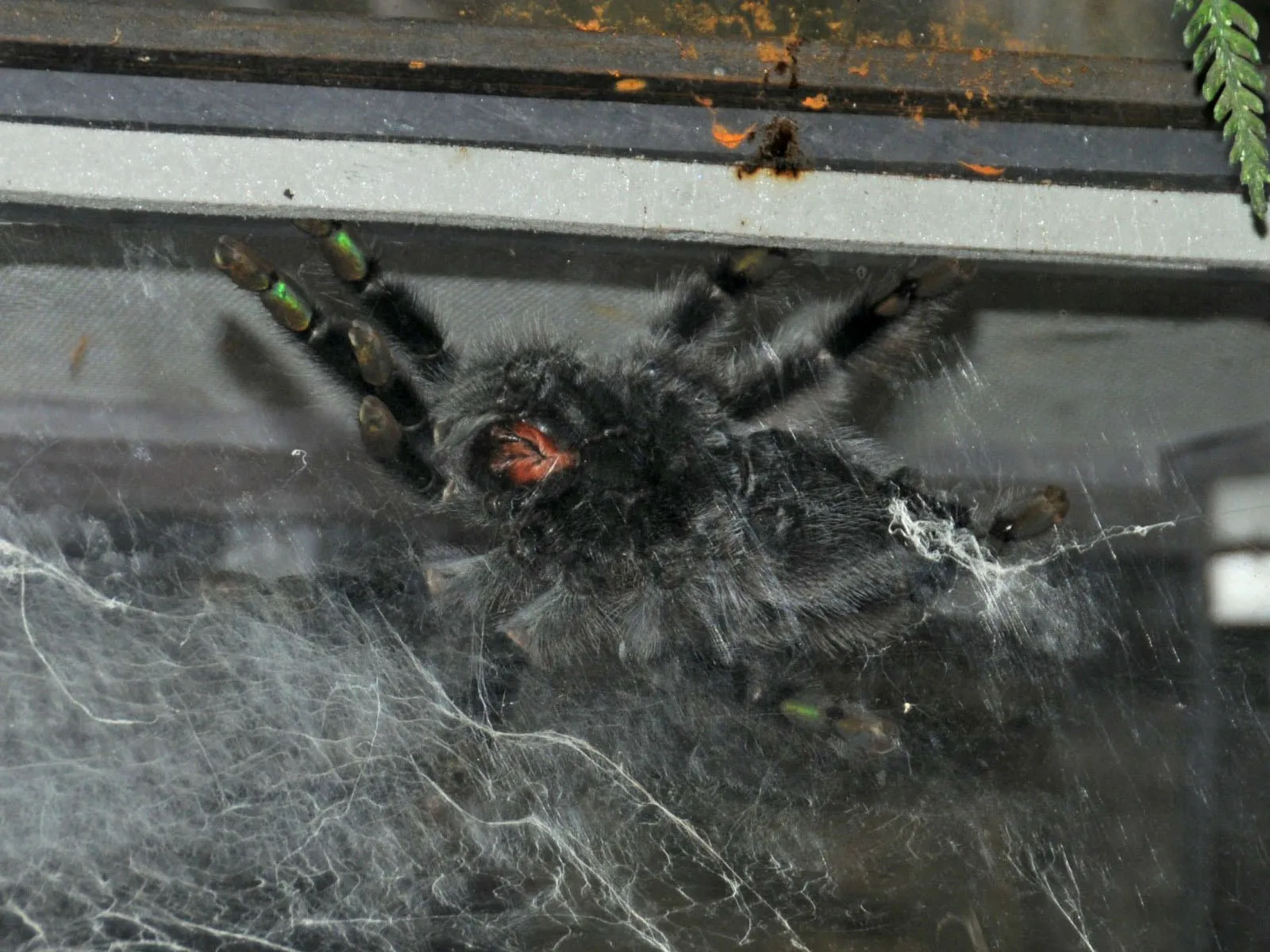
Pinktoe tarantulas are opportunistic predators, feeding primarily on insects in the wild. Their diet consists mainly of crickets, roaches, and other invertebrates, although they will sometimes consume small lizards or even baby birds in their natural habitat. In captivity, a varied diet of appropriately sized insects is crucial to ensure their health and growth. The frequency of feeding depends on their age and size, with younger tarantulas requiring more frequent meals. Providing a balanced diet not only keeps them healthy, but it also encourages them to exhibit their natural hunting instincts. It’s important to remove any uneaten food to prevent mold growth.
Fact 4: Lifespan and Growth
Pinktoe tarantulas have a relatively long lifespan compared to many other invertebrates. Females can live for up to 12 years or more, while males typically have a shorter lifespan, around 3-5 years. Their growth is a process of molting, where they shed their exoskeleton to accommodate growth. This process is crucial for their development and health. The frequency of molting decreases as they mature, but it is a clear indicator of their overall health. Understanding their life cycle, including their growth phases, is essential for providing appropriate care and ensuring their longevity.
Fact 5: Temperament and Handling
Pinktoe tarantulas are generally considered docile and less aggressive than some other species. They are known for their gentle temperament, making them a suitable choice for those new to tarantula keeping. However, it’s crucial to handle them with care, as any sudden movements or perceived threats can trigger a defensive response. They are not prone to biting, but they can flick urticating hairs from their abdomen as a defense mechanism. Therefore, handling should be kept to a minimum, and it’s recommended to interact with them in a calm and controlled environment. Always wash your hands after handling.
Fact 6: Molting Process
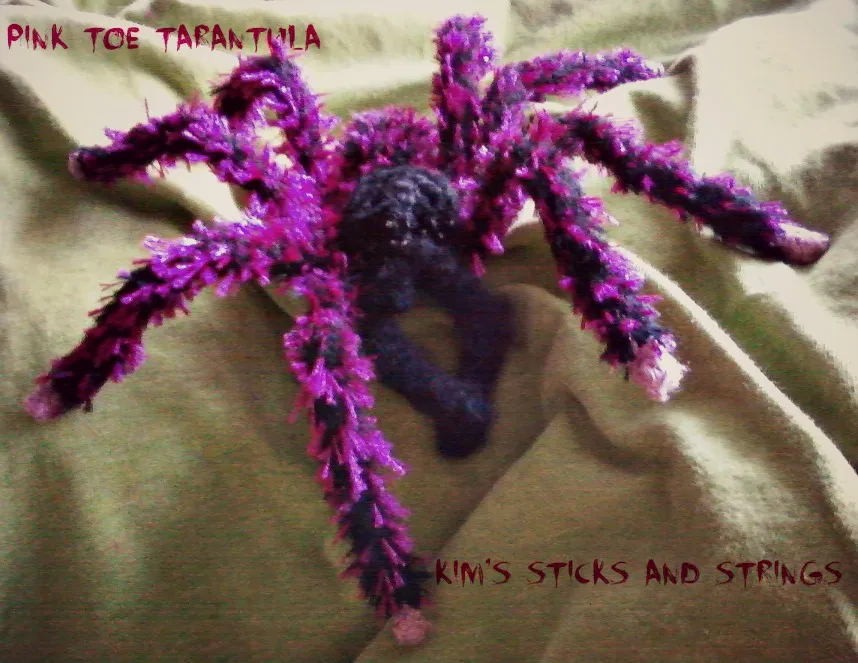
Molting is a crucial part of a pinktoe tarantula’s life cycle, as it is how they grow and shed their old exoskeleton. During molting, they become vulnerable, and it’s important to avoid disturbing them. Before molting, they may become less active and lose their appetite. The molting process can take several hours, and it’s a remarkable sight to observe. After molting, their colors often appear more vibrant, and they are very vulnerable. Never handle a tarantula during or shortly after molting. Make sure the enclosure is humid to assist with the process, and offer food a week or two after molting has completed.
Fact 7: Breeding and Reproduction
Breeding pinktoe tarantulas in captivity is possible, though it requires careful planning and understanding of their reproductive behaviors. The process begins with introducing a mature male to a mature female, and if successful, the female will lay eggs in a silken egg sac. The spiderlings hatch and develop over time, requiring specialized care to ensure their survival. The process is complex and not always successful, and it requires a good amount of experience and knowledge. For most hobbyists, observing their tarantula’s natural behavior is enough, but breeding is an interesting challenge for experienced keepers.
Caring for Pinktoe Tarantulas
Enclosure Setup
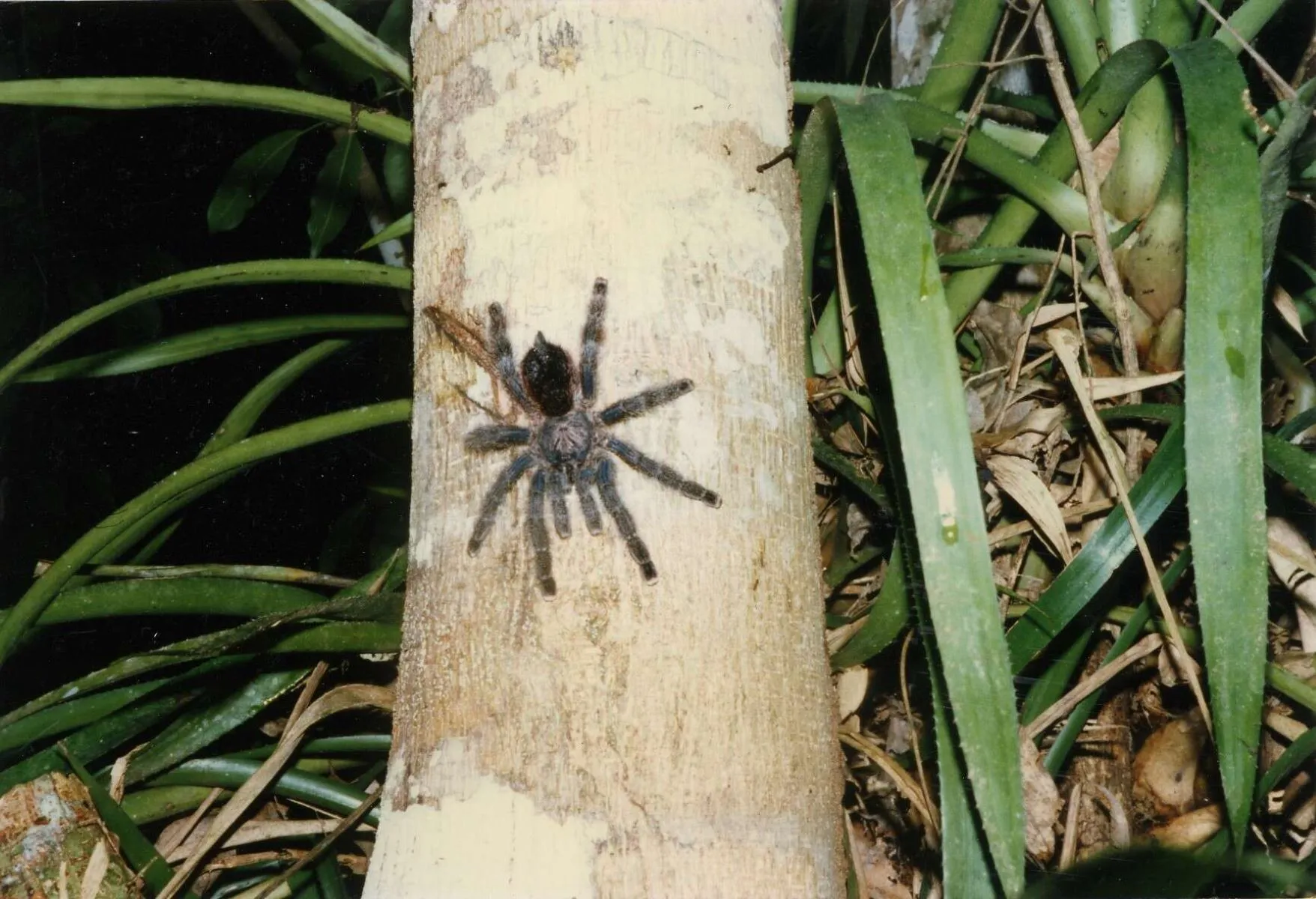
Creating the right environment is key to a pinktoe tarantula’s health and happiness. Their enclosure should be tall rather than wide, reflecting their arboreal nature. A well-ventilated enclosure with secure lid is necessary. Provide plenty of vertical elements such as branches, cork bark, and artificial plants, allowing them to climb and build their webs. The substrate should be a mix of coco fiber, peat moss, and vermiculite, which holds humidity well. The enclosure should be cleaned regularly to prevent mold growth and maintain hygiene. The size of the enclosure should increase as the tarantula grows, ensuring it has enough space to move and build webs. Make sure it has a water dish and a hide.
Temperature and Humidity
Pinktoe tarantulas thrive in a warm and humid environment, similar to their native habitat. The ideal temperature range is between 75-85°F (24-29°C), which can be maintained using a heat mat or ceramic heat emitter. It’s crucial to monitor the temperature with a reliable thermometer. High humidity, around 70-80%, is necessary for their health, especially for molting. Humidity can be achieved through regular misting of the enclosure and providing a water dish. Monitoring both temperature and humidity with appropriate equipment is essential to create the right conditions. The use of a hygrometer is recommended to monitor the humidity levels.
Feeding and Hydration
Feeding your pinktoe tarantula is a straightforward process. Provide a varied diet of appropriately sized insects, such as crickets, roaches, and mealworms. The frequency of feeding depends on the tarantula’s age and size, with younger tarantulas requiring more frequent meals. Overfeeding can be as harmful as underfeeding, so it’s important to monitor their abdomen size. They should be fed one or two insects per week. Always remove any uneaten food within 24 hours to prevent mold growth. Ensure there is a shallow water dish with fresh water available at all times. Regular hydration is just as essential as a nutritious diet.
Common Health Issues and Prevention
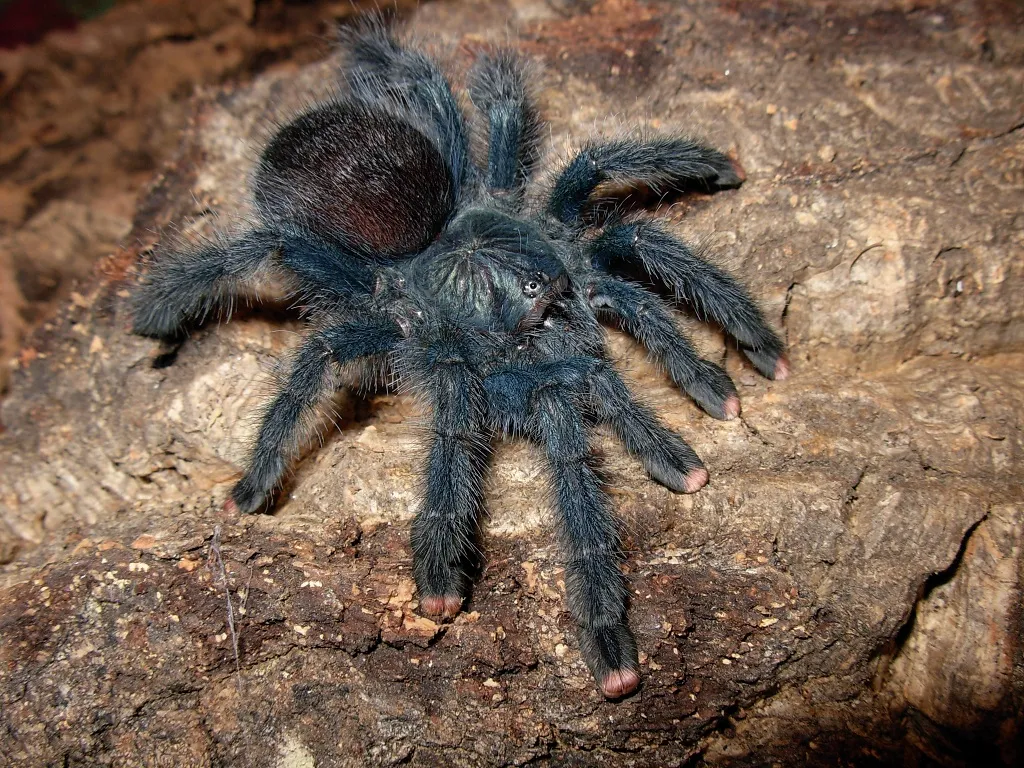
Pinktoe tarantulas are generally hardy, but like any pet, they can experience health issues. Common issues include dehydration, parasites, and molting problems. Prevention is key, and maintaining proper humidity levels, providing a balanced diet, and ensuring a clean enclosure can minimize the risk of health problems. Be mindful of signs of illness, such as lethargy, loss of appetite, or difficulty molting. If you notice anything unusual, consult with an experienced tarantula keeper or a veterinarian familiar with exotic animals. Regular observation and proactive care contribute significantly to the health and longevity of your pinktoe tarantula.
Conclusion
Pinktoe tarantulas are a captivating addition to the world of exotic pets. Their striking appearance, combined with their relatively docile nature, makes them a popular choice for both novice and experienced tarantula keepers. With the right knowledge and care, these fascinating creatures can thrive in captivity, offering a rewarding experience for their owners. Their beauty and interesting behaviors make them a wonderful choice for those seeking an unusual pet.
Final Thoughts on Pinktoe Tarantulas
Caring for a pinktoe tarantula is a rewarding experience. By understanding their needs and behaviors, you can create an environment in which they can flourish. From their arboreal lifestyle to their unique coloration, these tarantulas are a source of endless fascination. Whether you are a seasoned arachnid enthusiast or a curious newcomer, the pinktoe tarantula offers a glimpse into the amazing world of tarantulas. Embrace the journey of learning and observation, and you will develop a deep appreciation for these amazing creatures. By following the guidelines outlined in this guide, you’ll be well-equipped to provide a happy and healthy life for your pinktoe tarantula.
